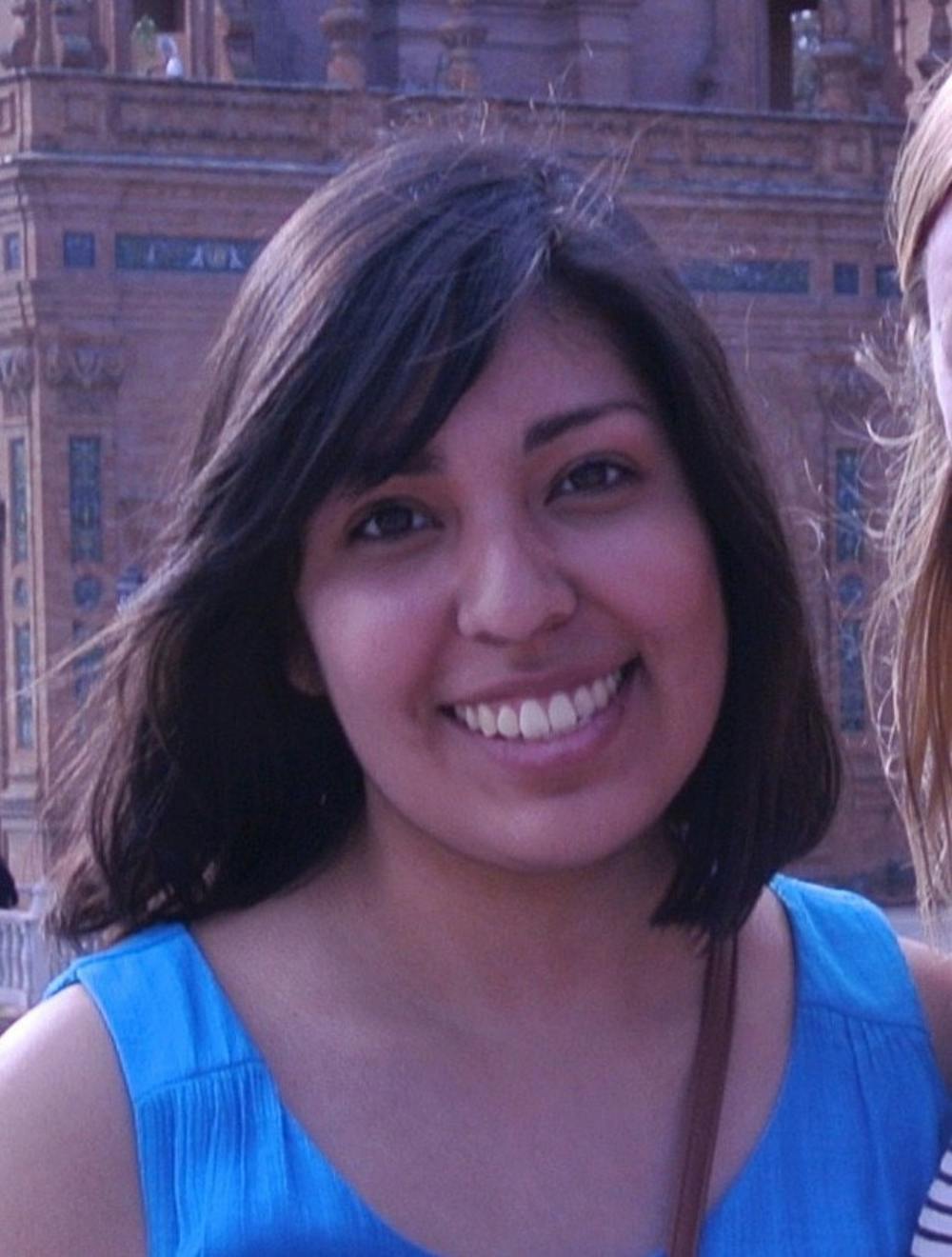by Estefania Morales |
I pulled out the photo albums and looked through the pages. I picked my favorite pan dulce (sweet bread) and sugar skulls at the Mexican bakery store. I smelled a fresh ocean breeze, a crispy pumpkin spice or a warm orange citrus in the candle aisle at the grocery store… and I headed home to prepare my altar for Dia de los Muertos, or Day of the Dead.
As a Mexican-American, I was raised in a household that celebrates both Mexican and American traditions. Around this time of year, I carved my Halloween pumpkin and picked my Halloween costume. But in addition to the Halloween preparations, I gathered pictures of loved ones who had passed and helped my mother prepare and decorate an altar that remained throughout the month of October until Dia de los Muertos on Nov. 2. This celebration does not simply last for a couple of days, instead, it is a season that involves preparing and adorning the most beautiful altar for the loved ones you wish to celebrate on this special occasion.
The celebration’s connection to the dead is already quite perplexing because it combines something so serious and somber as death with something so joyous and festive as life. The reason behind this stems from the combination of Aztec rituals honoring the dead and the religious rituals from Catholicism brought from Spain. Over the centuries, what once was an indigenous ritual is now a major celebration in Mexico.
Every day during October, the altar I prepared with my mother was a constant reminder that family and friends who had passed away were visiting my family throughout the month. Today, this message still remains as I celebrate Dia de los Muertos away from my family but with my new family at the University of Portland. The Day of the Dead is more than just honoring those who have passed. Dia de los Muertos is an entire season that reminds me that life doesn’t simply stop after death. It may sound morbid or even uncomfortable to talk about the notion of death, but we shouldn’t be terrified because it is part of the human cycle. We are unable to physically see those who have moved on to a better place, but their spirit remains in our hearts to forever remember them.
Dia de los Muertos does its job by reminding all those who celebrate it to truly connect with the essence that transcends humanity. The altar is an offering of prayer for all those who passed, recent or many years ago. Just like I pray for family and friends who are living, I pray for those who are gone so they may continue to rest in peace. After all, Dia de los Muertos unites both worlds to commemorate and celebrate life and death.
Estefania Morales is a junior psychology major. She can be reached at moralese17@up.edu.








